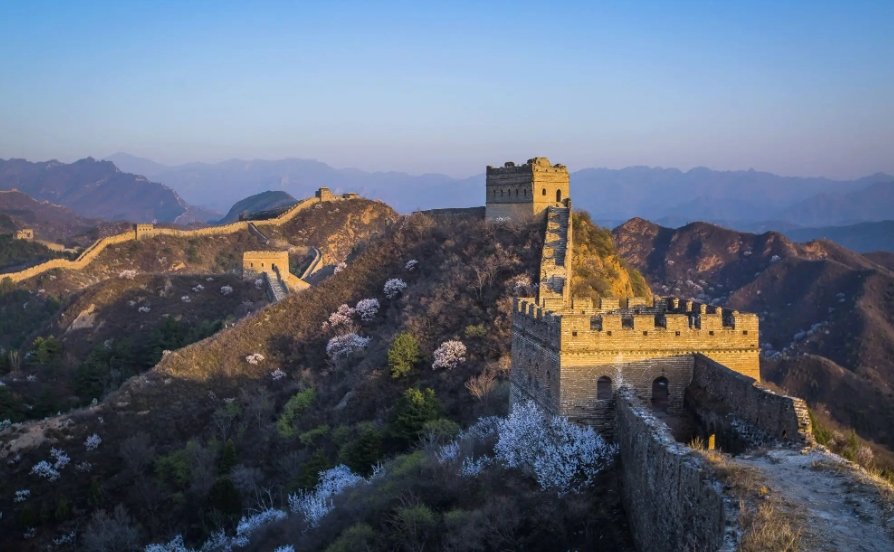
Why is the Great Wall so special?
The Great Wall of China is more than just a colossal construction of stone and brick; it's a symbol woven deeply into the tapestry of Chinese history and culture. Its significance goes beyond its physical presence, embodying an unparalleled representation of national security and the unwavering spirit of the Chinese people.
A Guardian of Civilization: The Symbolism of Protection
For millennia, the primary purpose of the Great Wall was defense. It served as a formidable barrier, safeguarding the Central Plains from nomadic invasions and protecting the burgeoning civilization within. This constant struggle against external forces fostered a sense of unity among the Chinese people, solidifying the Wall as a powerful symbol of national strength, resilience, and the unwavering pursuit of peace. It embodied the collective effort of a nation to protect its land, its people, and its cultural identity.
Criterion (i): A Masterpiece of Engineering and Construction
The Great Wall of the Ming Dynasty, in particular, stands as a testament to the ingenuity and ambition of ancient Chinese architecture. Considered the most significant and well-preserved section of the wall, its sheer scale and intricate design are awe-inspiring.
-
Ambition on an Epic Scale: Stretching over 13,000 miles (21,196 kilometers), the Great Wall of the Ming is an unparalleled feat of human endeavor. Its construction involved the mobilization of an enormous workforce and the transport of vast quantities of materials across challenging terrains.
-
Perfection in Construction: The Ming Dynasty architects and engineers demonstrated remarkable skill in their use of materials and construction techniques. They adapted the wall's design to the diverse landscapes it traversed, utilizing local resources like tamped earth, brick, and granite to create a structure that was both aesthetically pleasing and incredibly robust.
-
Strategic Brilliance: The Great Wall's design went beyond mere physical fortification. Watchtowers strategically placed along its length provided excellent vantage points for surveillance, allowing soldiers to monitor vast distances and effectively communicate threats using smoke signals or fire beacons.
A Lasting Legacy: A Cultural Icon and UNESCO World Heritage Site
Today, the Great Wall's significance extends far beyond its historical role. Recognized as a UNESCO World Heritage site in 1987, it attracts millions of visitors each year, captivating them with its grandeur and the stories etched into its ancient stones. It serves as a powerful reminder of China's rich history, architectural prowess, and the enduring human spirit.
Q&A
1. What dynasty is most closely associated with the most impressive and well-preserved sections of the Great Wall? A: The Ming Dynasty (1368-1644)
2. Beyond its defensive role, what does the Great Wall symbolize for the Chinese people? A: It represents unity, resilience, national strength, and the pursuit of peace.
3. What makes the Great Wall a UNESCO World Heritage Site? A: Its exceptional universal value as a cultural landmark, demonstrating architectural ingenuity, historical significance, and profound cultural impact.